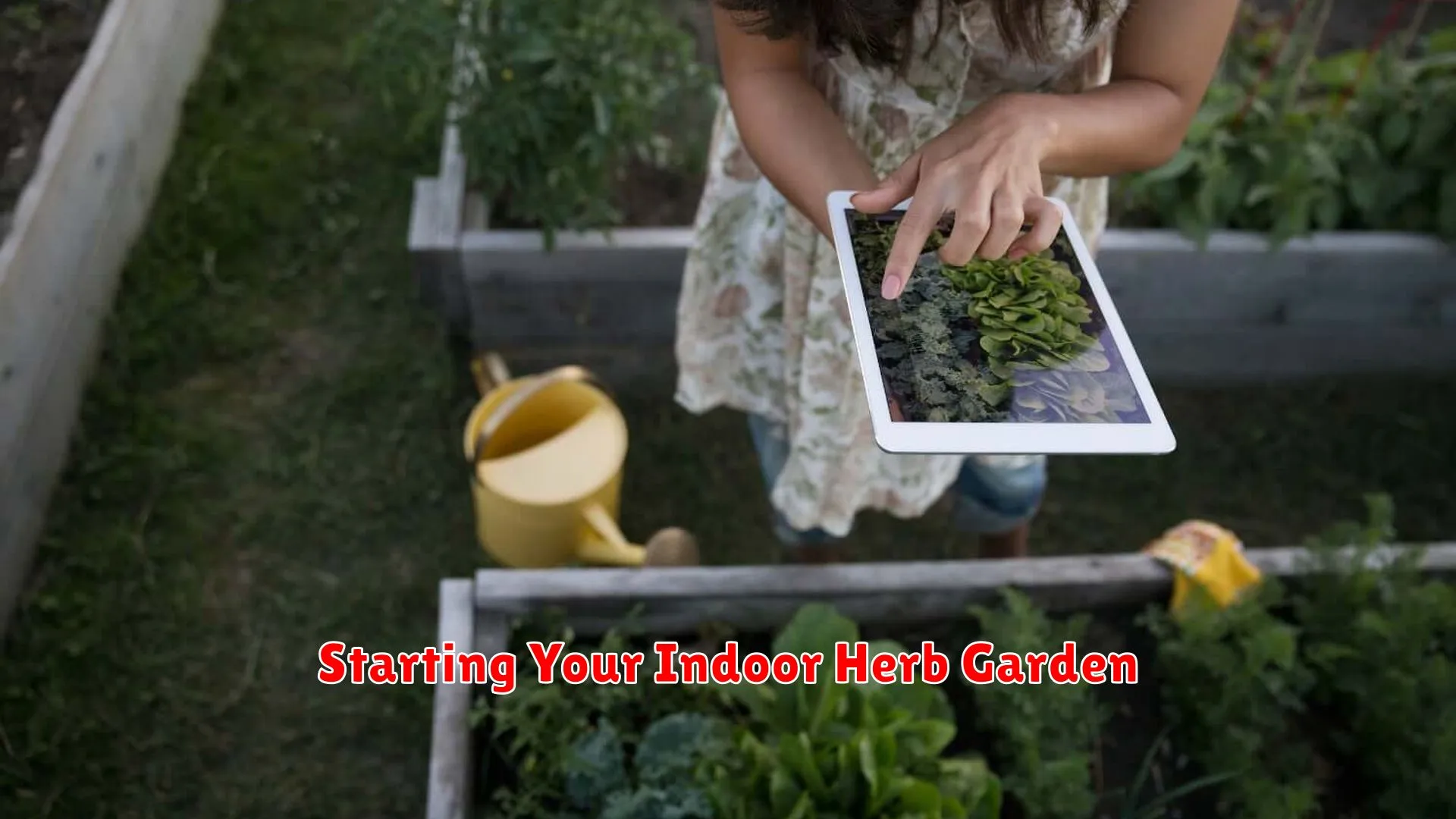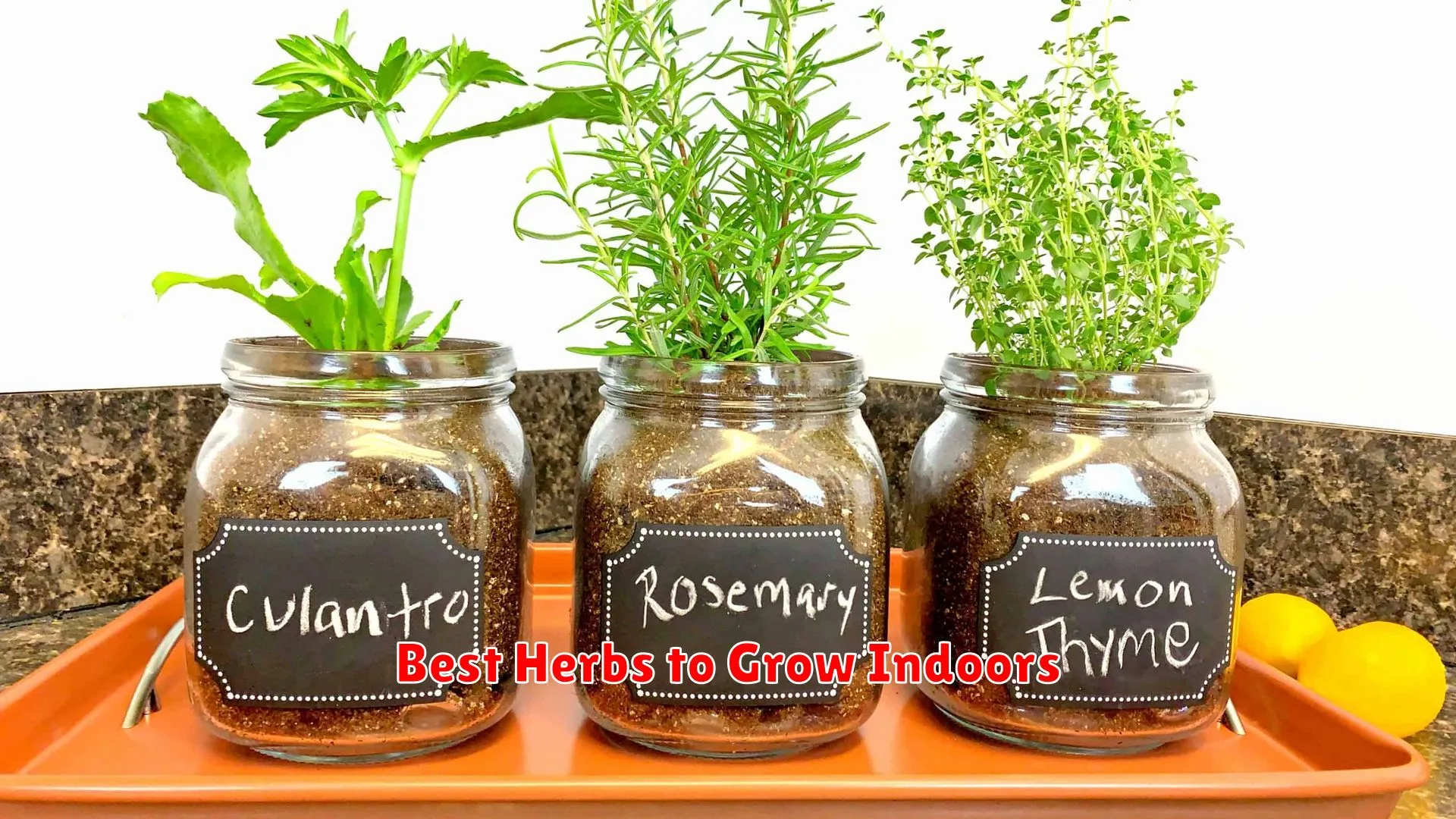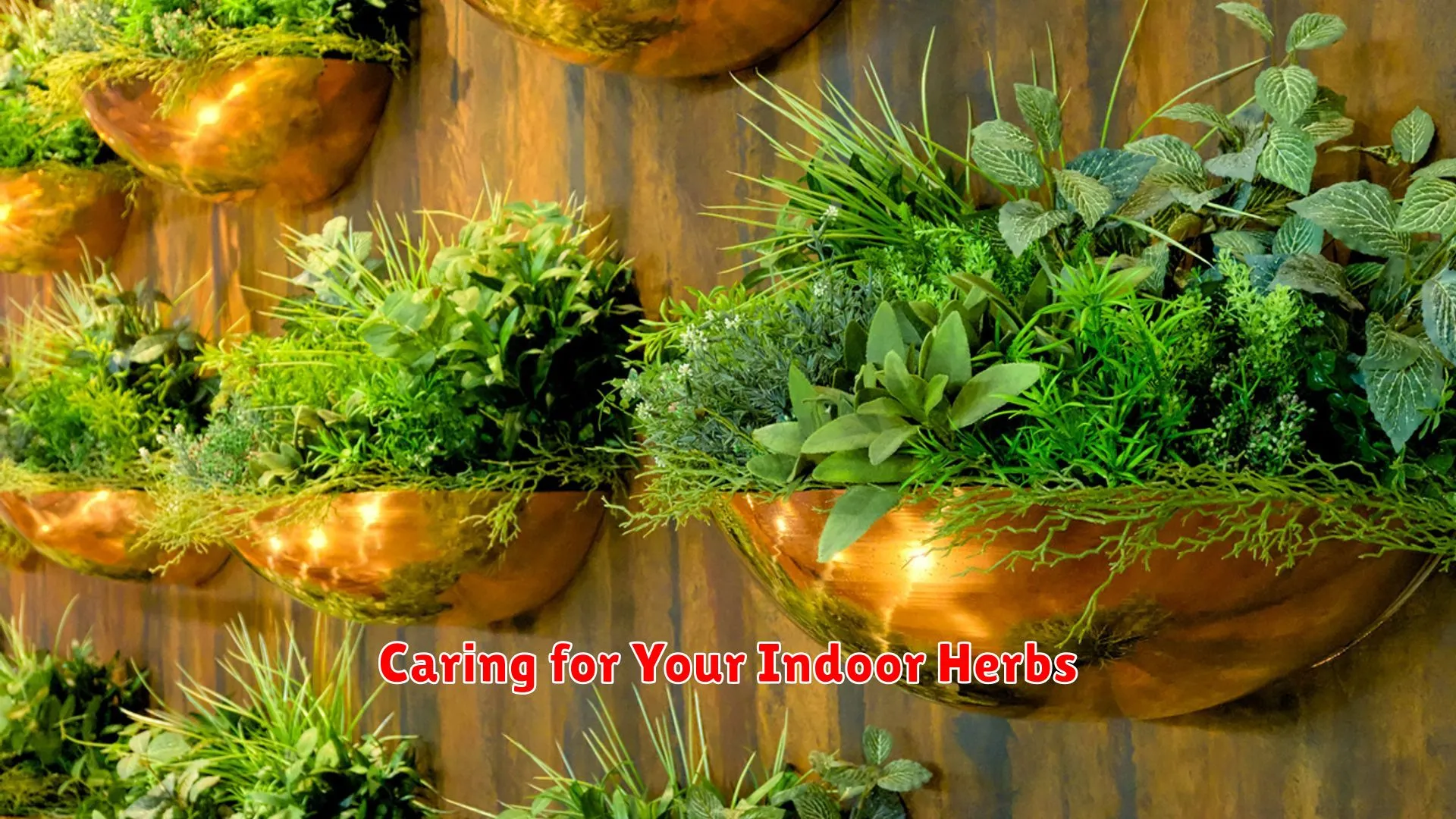Transform your living space with our ultimate guide to creating a flourishing indoor herb garden. Discover insider tips and tricks to cultivate fresh herbs year-round right in your own home.
Starting Your Indoor Herb Garden

Welcome to The Green Thumb’s Guide to Indoor Herb Gardens! If you’re eager to bring the joy of gardening into your home, starting an indoor herb garden is a fantastic way to begin. Not only will you have fresh herbs at your fingertips for cooking, but caring for indoor herbs can also be a therapeutic and rewarding experience.
The first step in creating your indoor herb garden is to choose the right herbs for your space. Consider herbs like basil, mint, parsley, and chives, which are beginner-friendly and thrive indoors with proper care. Make sure to select herbs that you enjoy using in your culinary creations.
Next, determine the location for your indoor herb garden. Herbs typically require sunlight, so choose a spot in your home that receives adequate natural light. If your space lacks sunlight, you can supplement with artificial grow lights to ensure your herbs get the light they need to flourish.
When it comes to containers, opt for pots with drainage holes to prevent waterlogging. Ensure your herbs have well-draining soil and water them consistently, letting the top layer of soil dry out between waterings. Remember, overwatering can be detrimental to herb plants.
As you tend to your indoor herb garden, be mindful of the temperature and humidity levels in your home. Most herbs prefer temperatures between 60-70°F (15-21°C) and moderate humidity. Consider placing a tray of water near your herbs to increase humidity levels if needed.
Lastly, stay connected to your indoor herb garden by regularly trimming and harvesting your herbs. Pruning not only encourages new growth but also helps maintain the health and appearance of your plants. Enjoy the process of watching your herbs thrive and using them fresh in your dishes!
Best Herbs to Grow Indoors

When it comes to creating your own indoor herb garden, choosing the right herbs to grow is essential. Here are some of the best herbs that thrive when grown indoors:
1. Basil
Basil is a versatile herb that adds a fresh and fragrant touch to many dishes. It grows well indoors as long as it receives ample sunlight and regular watering.
2. Mint
Mint is a hardy herb that can grow vigorously in indoor settings. It’s perfect for adding a refreshing flavor to beverages and dishes, and it’s relatively low-maintenance.
3. Parsley
Parsley is a staple herb in many recipes and is easy to grow indoors. With the right conditions, parsley can flourish and provide a continuous supply for culinary use.
4. Chives
Chives are a flavorful herb that requires minimal space to grow indoors. They can be grown in small pots or even in a sunny windowsill, making them ideal for indoor herb gardens.
5. Thyme
Thyme is a versatile herb that adds a savory touch to a variety of dishes. It thrives in indoor environments with good air circulation and well-draining soil.
These herbs not only enhance the flavor of your culinary creations but also add a touch of greenery and freshness to your indoor space. Start your indoor herb garden with these top picks and enjoy the convenience of having fresh herbs at your fingertips!
Caring for Your Indoor Herbs

Indoor herb gardens are a delightful addition to any home, providing fresh flavors and aromatic scents right at your fingertips. To ensure your indoor herbs thrive, proper care and attention are essential. Here are some tips to help you care for your indoor herbs:
1. Choose the Right Location
Place your indoor herb garden near a window that receives plenty of natural light. Herbs typically need around 6-8 hours of sunlight each day, so select a sunny spot for optimal growth.
2. Watering
Water your herbs regularly, but be careful not to overwater. Allow the soil to dry out slightly between waterings to prevent root rot. Different herbs have varying water needs, so it’s important to research each herb’s specific requirements.
3. Temperature and Humidity
Maintain a consistent temperature and humidity level in the area where your indoor herbs are located. Most herbs prefer temperatures between 60-70°F (15-21°C) and moderate humidity.
4. Pruning and Harvesting
Regularly prune your herbs to promote growth and prevent them from becoming leggy. When harvesting, snip the leaves or stems with sharp scissors to encourage new growth and ensure the plant remains healthy.
5. Fertilizing
Feed your indoor herbs with a balanced liquid fertilizer diluted to half strength every 2-4 weeks during the growing season. This will provide essential nutrients for healthy, robust plants.
Conclusion
In conclusion, creating an indoor herb garden is a rewarding and sustainable way to enjoy fresh herbs year-round. With proper care and attention to sunlight and watering, anyone can cultivate a green thumb and elevate their culinary creations.




